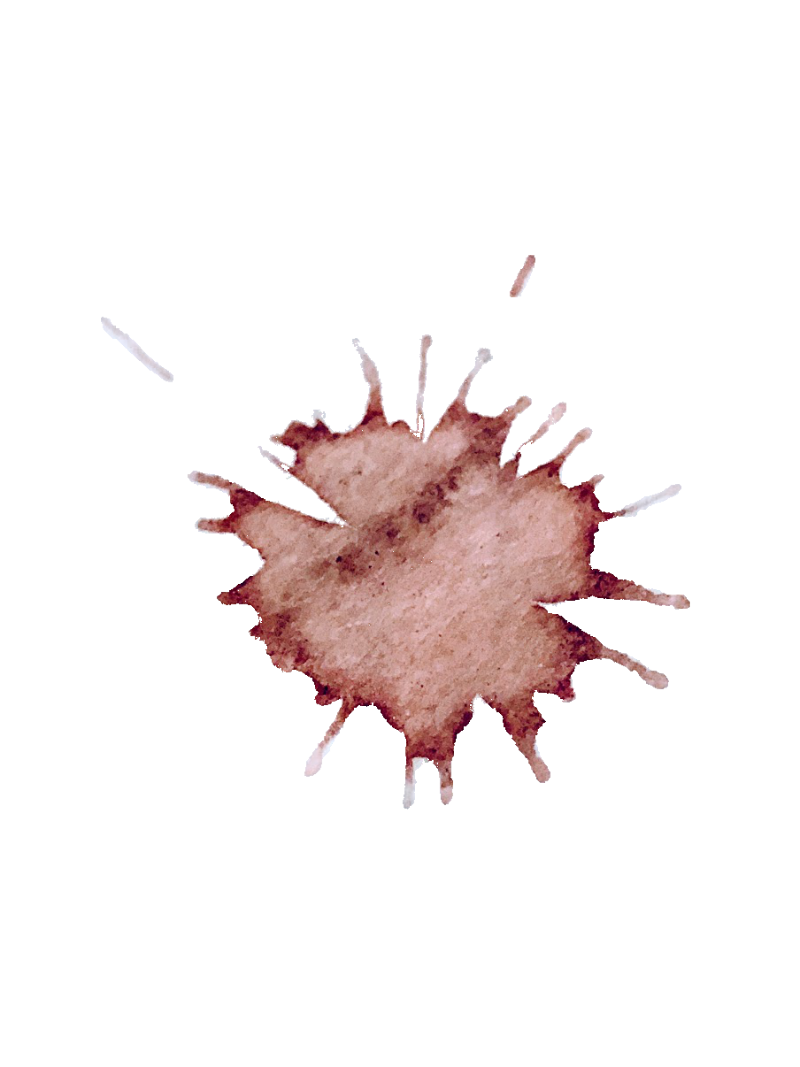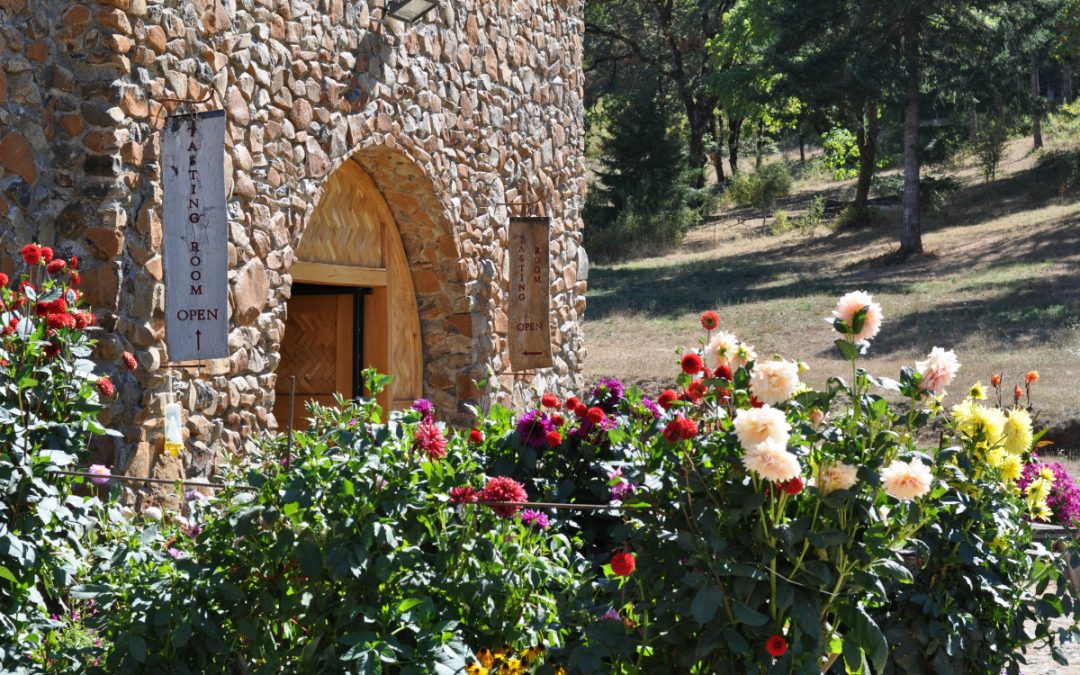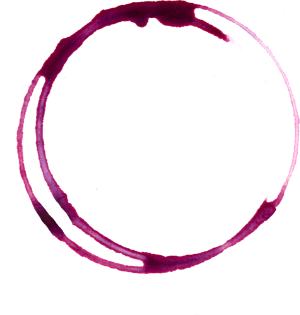Since the first grape vines were planted in 1965, the Willamette Valley has become one of the most influential wine-producing regions in America, not just in Oregon or the Pacific Northwest. It has developed the power of Pinot Noir production and, with its New World style of winemaking, has started to affect how the public perceives and purchases wines made from this signature grape.
With over 300 wineries spread out over more than 5000 square miles of rolling hilled AVA (American Vinticulture Area, a federally recognized growing region) and surrounded by fruit, berry and nut farms as far as the eye can see, it would be nearly impossible to catch all that’s happening in the area unless you were to spend years trying while being accompanied by a tour guide and regional wine and viniculture expert. Well, not having years to dedicate to such an endeavor, you decided to see what you could do with 48 hours, a trusty rented Subaru Impreza, an iPhone GPS and the next best thing to an expert with absolute knowledge cellar rats, tasting room managers and bartenders. For my money, these folks are usually just as knowledgeable…not to mention really good at pouring while talking.
Day 1:
The Willamette Valley is subdivided into six smaller appellations, all of which being pretty easy to get to from our starting point in Portland and given an hour or so to drive…depending on traffic. Let’s start the clock. So, after a quick, mid-morning cruise from Downtown Portland south on Highway 99, you come to Newberg and the Chehalem Winery tasting room, your first tasting stop of the day.
Vintage is the topic of the day, discussed while sipping breakfast wines…a nice ripe 2012 Pinot Blanc and a dusty and herbaceous 2013 Gruner Veltliner. It is a timely topic, as many of the vineyards are just starting the harvest proceedings. The 2014 growing season has been a vineyards dream; hot and relatively dry. Fruit is so abundant that many wineries are having to order more barrels to accommodate the crushing amount of grapes coming in…pun intended. Those vineyards that have started picking are describing an almost pornographic display of harvest with huge clumps of fruit dropping from the vines onto the ground. Others have engaged all summer in massive trimming campaigns, leaving the right amount of grapes on the vine to satisfy their artistic intentions.
While treated to a vertical tasting of Estate Pinot Noir (2010, 2011 and 2012), there arrises question and genuine concern from many around that some of the wineries will use the impressive amount of fruit to produce huge volumes of wine, thereby cutting quality in favor of flooding the market with quantity in an attempt to make money. Can you blame them? Well, ask New Zealand how that worked out for them…but that is another story. Those that have managed their vines with an eye toward quality are starting to whisper that 2014 might just be the best Pinot Noir vintage yet, rivaling those of 2002 and 2008. But that thought always starts friendly arguments about vines that struggle and risky late harvests and all. You think you’d better get out before the gloves came off.
Next stop,
lunch down the road in Dundee, for a roasted and chilled vegetable sandwich, a bag of chips and sparkling mineral water at Red Hills Market, a delightful gourmet market and cafe right off the main drag and conveniently located next door to the Ponzi Wine Bar. Ponzi is one of the veritable ancients in the area, having bottled their first vintage in the mid 1970’s and receiving some of the best early press for the region. Not only is Ponzi offering 2013 Pinot Gris that entices the nose with hints of lemon chiffon and butter cream and a 2011 Pinot Noir that smelles like you got smacked in the face with a pound of luscious bacon, but they also squeeze in a couple Italian varietals, producing and serving both a rare Arneis and a Dolcetto.
Maysara is next, a tad further down the road, just south of McMinnville. Maysara is one of the few Demeter Certified Biodynamic wineries in the world. Biodynamics is an ultra organic way of farming consisting not only of the organic composting, cropping and integration of partner plants and animals throughout the vineyard, but also incorporating planning and planting by the cycles of the earth and moon. It’s a process that took three years to develop from scratch, culminating in their first vintage in 2001. It’s a stunning undertaking with beautiful results.
Day one is capped off in McMinnville at the wine bar operated by the R. Stewart Winery, an operation that does not own a single acre of vineyard, but sources the right grapes from all over the Willamette Valley and blends them to produce excellent Pinot Noir, giving them an interesting perspective on how and why certain areas and certain vineyards do what they do. Add to that, easily the best part of this journey (no offense to the wines), the bacon and asparagus soup at 411 Eatery and Lounge in McMinnville and you have the start to a pretty good 48 hours.
Day 2:
Day two starts in the Dundee Hills. Most of the folks here are proud about the fact that their AVA is only 30 years old, only approved in 1983. It is here, in this rightfully celebrated area, you find the best example of the clash between Old World and New World winemaking styles.
The Old World style is based on traditional winemaking practices that have been passed down through the generations, many of which are regulated by law in the countries from which they originated. Without these traditions, New World areas tend to push the boundaries of what is possible in winemaking and tend to be more flexible and drive popular trends. For you purposes, you’ll compare the wines of Willamette to the more Old World style of Burgundy in France, arguably home to the greatest Pinot Noir in the world.
You start your New world exploration at Archery Summit and White Rose, two wineries that revel in their “Neoclassical” approach to winemaking and pride themselves on their outstanding and very highly rated New World pinots. Wines here are deeper in color, bigger, bolder and spicier, with hints of black cherry, plum, anise and herbs. Compare these New World wines to those of their neighbors just down the block. Domaine Drouhin and De Ponte Cellars are two Oregon wineries that practice the Old World traditions of winemaking, creating more delicate, and supple wines with layers of earth, currant, cherry, white pepper and minerals. It truly is a clash of cultures. Funny thing about these two Old World style wineries; both winemakers grew up in the same little town in France and now find themselves making traditional Burgundian Pinot Noir on the same New World hill in Oregon.
[blockquote right=”pull-right”]Wine is all about preference, and neither of these styles is right or wrong. The beauty is in the tasting, side by side, and deciding for yourself what you prefer.[/blockquote]
After another trip to R. Stewart and dinner at Nick’s Italian Cafe in McMinnville, you finish you journey the next morning with a trip to Soter Vineyards, the latest endeavor of Tony Soter, longtime owner of Etude in the Napa Valley. Tony moved his operation to Carlton, Oregon from Napa Valley because he saw the opportunity to farm and produce magnificent organic and sustainable Pinot Noir and Chardonnay in the style he wanted and that really spoke about the qualities of the area. That seems to be the trend in the Willamette Valley. Winemakers come here to do what they want.
[jumbotron heading=”The vineyards and winemakers of the Willamette Valley are really making waves in the wine world. “]The area is young. They still struggle with identity and the differences in styles, but these struggles culminate in some absolutely wonderful wines.[/jumbotron]
No one knows what will happen in the future, with climate change affecting growing seasons and larger winemaking operations starting to make their presence felt, but for now, these artisans are producing world class wines that are just now starting to be noticed on the world stage. Make sure to pick up some of the 2012 vintage now and keep your eyes peeled in the future for offerings from 2014. Word is they’ll be spectacular.





